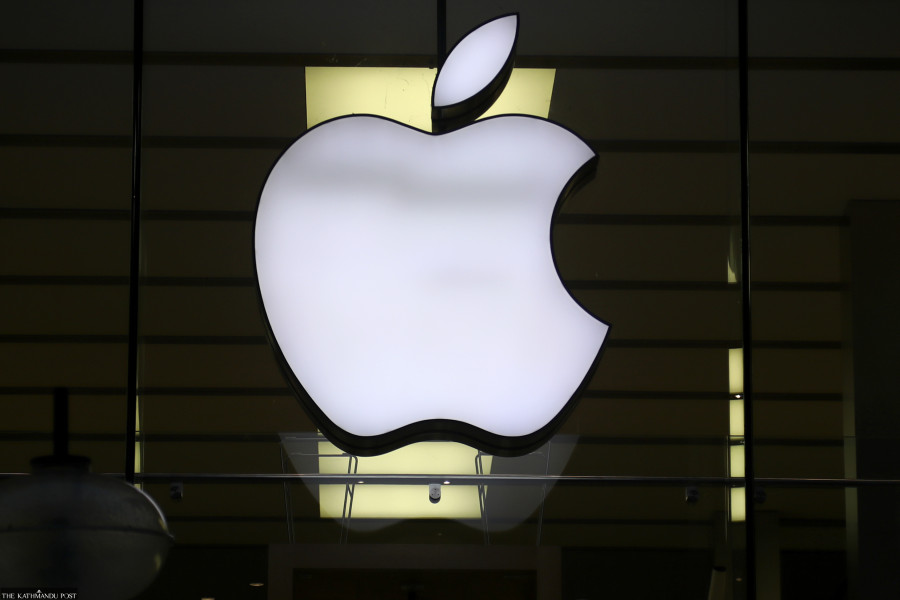Science & Technology
2021 MacBook Pros: Back to Form
With the release of the new 2021 MacBook Pro line, Apple has done away with many of the unpopular hardware decisions that they’ve made over the past half-decade.
Prajesh SJB Rana
At the end of 2020, Apple unveiled their in-house system-on-a-chip(SoC), the M1, that took the world by storm; easily outperforming Intel and AMD CPUs in the same range. The M1 covered many of the problems that Apple has been facing with Intel chips; most prominently their higher power consumption and heat output. With the M1, Apple designed the SoC around the more efficient ARM architecture, dropping power usage and significantly increasing battery life. They also managed to squeeze more power out of these chips, easily outclassing Intel or Windows counterparts.
By 2021, Apple had already implemented their M1 chips into the MacBook Air and the 13-inch MacBook Pros and even some iPads. But the more professional line of MacBook Pros, the 14-inch and 16-inch variants, still ran on Intel chips, even though M1 alternatives had been an option. The M1, while significantly more powerful, still didn’t feel like a Pro chip that professional creatives could use with Final Cut Pro, or more power-hungry implementations. Apple, for the past half-decade, has been isolating their professional users through sketchy hardware decisions and lower Intel CPU implementations. Apple's obsession with slimming down their devices has also impaired proper cooling for more powerful chips and the removal of important ports like the 3.5mm headphone jack and the SD card reader have been points of contention for many professional Apple fans.
All of this changes, however, with the release of their 2nd generation of in-house SoCs that offer improved performance on an already powerful chip. During the October event in 2021, Apple unveiled their successors to the M1, the M1 Pro and the M1 Max. Both of these chips are identically M1 chips but scaled up to provide more power to professional users. The M1 had been limited to 8 CPU cores (4 high performance and 4 efficiency) whereas the M1 Pro and Max can be spec’d up to 10 CPU cores (8 performance and 2 efficiency). Both of the newer chips perform better than the M1, although not as much as 70 percent as advertised by Apple. Significant performance improvements can, however, be seen in graphical performance. Higher-end MacBook Pros had always been paired with a dedicated GPU from AMD for graphical horsepower, but with the newer chips, the GPU has been integrated into the SoC for more efficiency. The M1 Pro and M1 Max, although integrated into the same CPU die, perform much faster with the M1 Pro flaunting 14 to 16 GPU cores and the Max flaunting 24 to 32 GPU cores, the original M1 had 7 to 8 GPU cores. The newer chips also come equipped with in-built video decode and encode engines with 1 Apple ProRes Engine on the M1 Pro and 2 Apple ProRes and 2 video decode and encode engines on the M1 Max. These dedicated engines are going to come as welcome additions to professional video editors working with H.264, HVEC, ProRes, and ProRes Raw content. The M1 Pro also bumps RAM support to 32GB with the M1 Max supporting up to 64GB.
It’s not only the internals that Apple has redesigned to appeal to the alienated professional user base. With the release of the new 2021 MacBook Pro line, Apple has done away with many of the unpopular hardware decisions that they’ve made over the past half-decade. In an attempt to make their laptops thinner, Apple had removed many of the features that many creative professionals depended on; these would include the most important SD card reader that most professional photography and video equipment relied on. The removal of the display ports also pushed professionals into the dongle ecosystem if they wanted to use high-resolution external monitors with their professional laptop. The removal of the headphone jack also brought up many issues for many musicians and audio artists who relied on their port for use with their professional audio equipment.
Listening to their professional fan-base, Apple reverted all of these decisions by bringing back all of the essential ports for the higher-end MacBook Pros. The inclusion of these ports meant that the laptops gained a bit of a heft (they’re not as sleek as the Intel MacBook Pros); some of them come with a full-sized HDMI 2.0 port, four Thunderbolt 4 ports and a full sized SDXC slot. They also come with the beloved MagSafe ports that have been improved with the newest USB-C PD that can support up to 140-watts of power input. The MagSafe 3 connector is great with just enough strength to pull the laptop on a desk while immediately disengaging when yanked at an angle. The MagSafe connector has been one of the best features of the MacBook, which has been replicated by many third-party cable manufacturers; Apple decision to remove such an iconic port has always been mind-boggling for me, but it’s great to see them bring it back on the newer models.
And as pro as these laptops get, Apple has also implemented their newer ProRes XDR technology into the MacBook Pros with both the MacBook Pro 14-inch and 16-inch featuring high-resolution high-dynamic range screens that look fabulous. These screens are based on the newer Mini-LED technology and that means a screen has ten thousand individual LEDs which when grouped together make 2,500 local dimming zones—this means that blacks are inky black and the whites are very bright supporting HDR content. The screens can also go up to a 1600 nits peak brightness similar to their Pro XDR display, although these aren’t sustained brightness levels and the notebook will usually run at around 500 peak brightness, only going up to 1600 nits while playing back HDR content. The displays also gain a slight resolution upgrade with the 14-inch screen running at a native 3024 x 1964, whereas the 16-inch runs at 3456 x 2234. Along with the resolution bump, the screens are also Pro Motion capable which means that the screen can go up to 120Hz but with Apple’s variable refresh rate technology, they’ll run off and on anywhere from 24 to 120Hz. The screen is very impressive and can easily meet the demands of any creative professional also factoring in that Apple has had some of the most color accurate screens in the market, if you can get past the notch on the top of the screen (yes, notches have come to laptops too, unfortunately).
The two new MacBook Pros are absolute powerhouse when it comes to creative and professional work. They’ve also equipped them with the ports and the horsepower needed to handle such heavy workloads, which feels more like a back to form for Apple since their computers had always been designed with a creative professional use case in mind, especially the expensive higher-end MacBook Pros. These newer MacBooks aren’t cheap either, with the base 14-inch MacBook Pro equipped with the M1 Pro running for $1,999 whereas the 16-inch variant with M1 Max, 32GB of RAM and 2TB of storage running an astounding $4,399. Considering the price point at which these laptops are being sold, it’s definitely not laptops for the average user. The M1 chip would be plenty enough for average users and even users who’re involved in some basic creative work. Both the M1 Pro and the M1 Max are for the power user working with some extremely demanding workloads and pipelines. But for the professionals, these are some of the most powerful work laptops that you can get your hands on, outperforming all Intel, AMD Windows laptops, even with dedicated GPUs from Nvidia or AMD. Apple’s in-house SoC is nothing but exceptional and the newer Pro and Max versions only build on the highly impressive architecture of the M1 to provide even more power to the ones who need it.




 6.93°C Kathmandu
6.93°C Kathmandu










